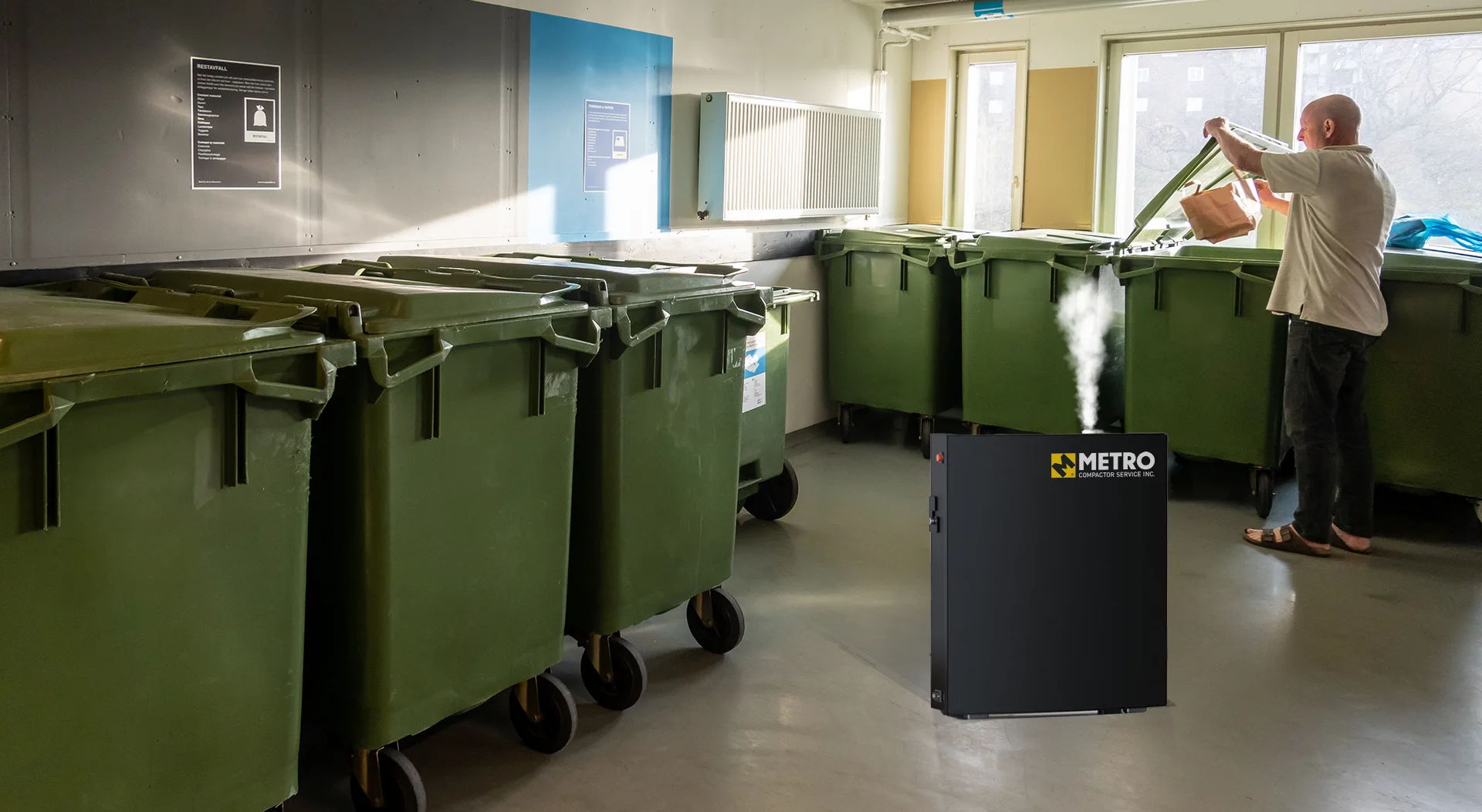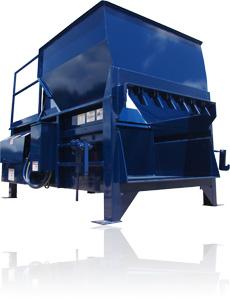Rent a Baler for Hassle-Free Hazardous Waste Handling
Rent a Baler for Hassle-Free Hazardous Waste Handling
Blog Article
Discovering the Essential Duty of Waste Devices in Modern Recycling Processes and Sustainable Waste Disposal Practices
The essential function of waste devices in contemporary reusing processes highlights its importance in accomplishing lasting garbage disposal methods. Advanced systems, such as automated arranging technologies and compactors, not just boost efficiency but also play a crucial duty in lowering contamination prices and improving material recuperation. As the demand for more sustainable services expands, it is important to take a look at exactly how these innovations adjust to advancing difficulties within waste administration. What cutting-edge developments are on the horizon that could better transform these procedures?
Significance of Waste Tools
Why is waste tools important in the reusing procedure? By facilitating the separation of products, waste equipment minimizes contamination, which is critical in making sure premium recyclables that can be reintroduced right into producing cycles.
Moreover, waste devices improves operational effectiveness and security within recycling centers. Advanced equipment, such as shredders and balers, permits for the rapid handling of huge quantities of waste, lowering labor prices and handling time. Furthermore, the use of customized devices reduces the risk of injury among workers by automating dangerous tasks.
In addition, the environmental influence of recycling is amplified by effective waste equipment. By enhancing the reusing process, centers can significantly lower the quantity of waste sent to land fills, therefore adding to sustainability efforts. In verdict, waste tools is not just an ancillary element of reusing; it is a basic aspect that drives efficiency, safety, and ecological stewardship in modern-day waste monitoring practices.
Kinds Of Waste Equipment
The performance of recycling procedures is closely linked to the particular sorts of waste equipment made use of while doing so. baler rental. Various categories of devices are indispensable to the collection, sorting, handling, and transport of recyclable materials
Firstly, collection tools, such as waste collection vehicles and containers, is crucial for gathering recyclables from numerous sources, including residential, industrial, and industrial places. When accumulated, arranging devices, including conveyor belts, shredders, and magnetic separators, plays a vital duty in differentiating different product types, making certain that pollutants are removed prior to processing.
Handling tools, such as balers and compactors, better prepares materials for reusing by pressing and packaging them into workable sizes. This not only enhances space yet also improves transport effectiveness. Furthermore, specialized machinery like granulators and extruders is made use of for changing products into multiple-use forms, specifically in plastic recycling.

Function in Recycling Procedures
In recycling processes, the duty of waste devices is pivotal in guaranteeing efficiency and effectiveness at every stage. This equipment incorporates a series of equipment designed to take care of, procedure, and type materials that are to be reused. The preliminary stage entails collection and transport, where compactors and balers play an important duty in enhancing the quantity of materials for transportation, thus reducing functional costs.
Once at the recycling pop over to this site facility, shredders and crushers enter into play, damaging down products right into workable sizes ideal for further handling. These makers contribute to improving the area of recyclables, promoting more reliable material recuperation. Arranging systems, furnished with sophisticated innovations such as conveyor belts and optical sensing units, make sure that materials are properly divided by type, thus taking full advantage of the high quality of the recycled output.
Additionally, specialized devices for processing certain products-- such as glass, plastics, and metals-- ensures that each type is managed in one of the most reliable fashion. In general, the assimilation of advanced waste equipment into the reusing procedure not just streamlines procedures yet likewise significantly adds to the total recuperation rates of valuable products, emphasizing its important function in modern reusing initiatives.
Influence On Sustainable Practices
With the efficient procedure of waste tools, reusing procedures considerably boost lasting practices throughout numerous markets. This impact is understood via increased product recovery prices, which lower the demand for virgin resources. By simplifying sorting and processing functions, progressed waste equipment minimizes contamination in recyclable products, therefore enhancing the high quality of recycled outcome. The reduction of waste sent out to garbage dumps is an additional essential advantage, as it reduces environmental deterioration and reduces greenhouse gas exhausts associated with decomposition.

Furthermore, the combination of wise modern technologies in waste administration systems enables real-time data monitoring and evaluation, resulting in even more educated decision-making and operational performances. As industries increasingly prioritize sustainability, the function of waste equipment becomes critical in shaping practices that why not look here line up with environmental stewardship and regulative compliance. Eventually, the synergy between waste equipment you could try here and reusing processes plays a vital role ahead of time more comprehensive sustainability objectives throughout communities and sectors alike.
Future Fads in Waste Monitoring
Emerging trends in waste administration are positioned to reshape the landscape of recycling and source recovery considerably. One of the most crucial changes is the assimilation of innovative innovations such as man-made intelligence, artificial intelligence, and the Web of Things (IoT) These developments facilitate enhanced arranging procedures, enhancing the effectiveness and accuracy of recycling operations. Smart waste containers equipped with sensing units can monitor waste levels in real-time, enhancing collection courses and reducing functional prices.
In addition, the round economic climate design is getting grip, advertising the idea of reusing products as opposed to disposing of them. This fad urges businesses to design products with end-of-life factors to consider in mind, driving the demand for ingenious waste monitoring options.
In addition, public recognition and involvement in sustainability practices are on the rise, leading to enhanced participation in recycling programs. Government plans are likewise advancing, with stricter laws on garbage disposal and rewards for lasting methods.
As these fads merge, they create a much more reliable, lasting waste management system that not just decreases ecological impact however additionally cultivates economic development with source healing and innovation in waste tools. The future of waste administration looks appealing, driven by technology and a commitment to sustainability.
Final Thought
In final thought, waste tools plays an essential duty in enhancing the effectiveness and effectiveness of contemporary recycling procedures. By minimizing contamination and taking full advantage of material healing, advanced machinery sustains sustainable garbage disposal practices and cultivates a round economic climate. The unification of wise modern technologies additionally maximizes these initiatives, ensuring responsible ecological stewardship. As waste administration remains to progress, the value of ingenious waste devices will certainly stay extremely important in attaining sustainability goals and addressing the obstacles of source exhaustion.
Report this page